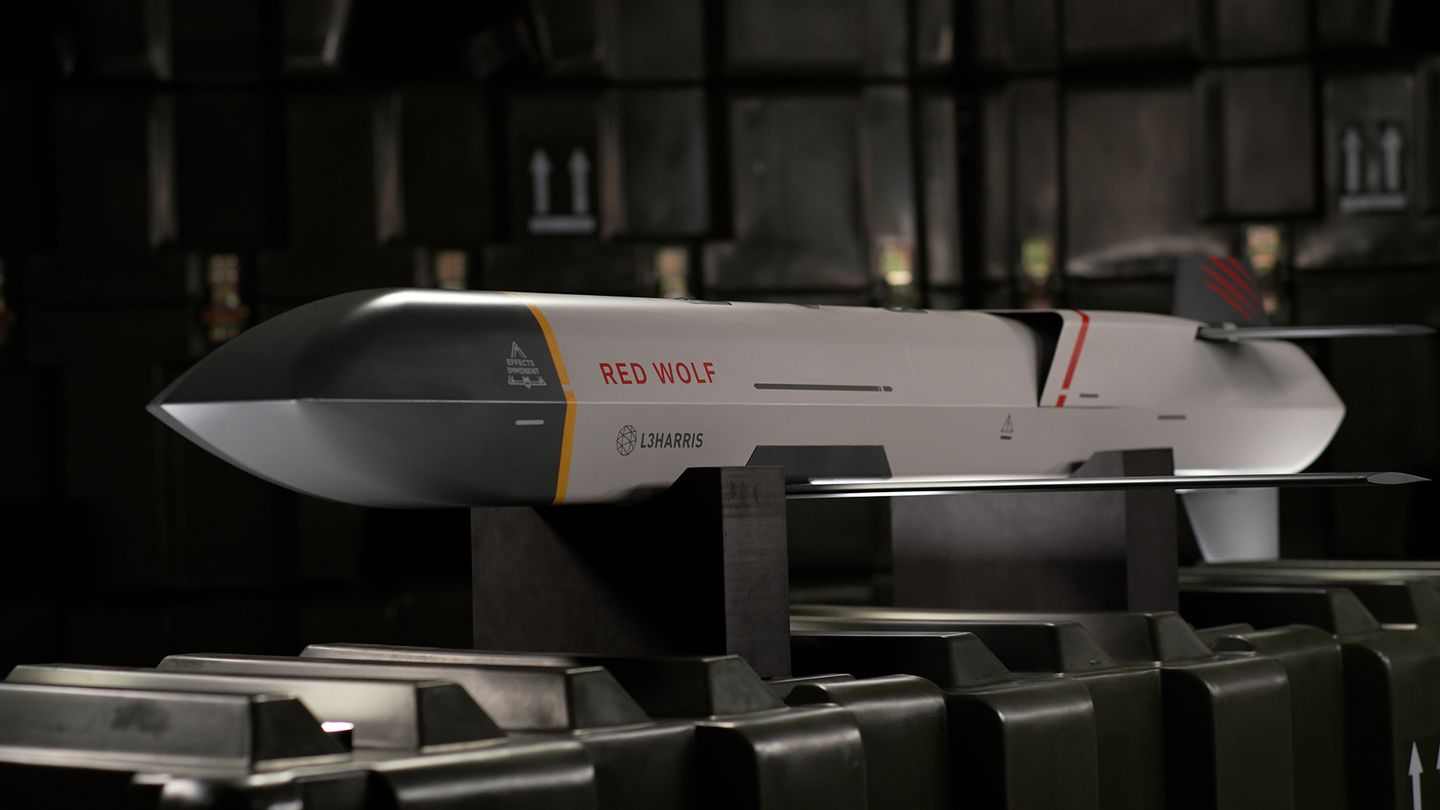
It’s a simple idea but one that’s far more complex in practice: Create an “unbelievable” level of chaos on modern-day battlefields so that America’s enemies are overwhelmed, overmatched and unable to mount an effective counterattack.
One senior U.S. military commander framed it as a “hellscape” in which the sky is so populated with small drones, weapons and other craft that it’s too crowded and chaotic for an enemy to operate in.
Those rapidly evolving concepts of 21st-century warfighting, especially as they could apply in a Pacific theater confrontation with communist China, are dominating discussions inside the Pentagon and in influential national security circles across Washington.
At the highest levels of the American defense industry, companies’ attention, time, and investment dollars are in many cases shifting away from large, expensive systems and weapons to small, relatively cheap, attritable unmanned assets that can be produced and deployed in bulk.
L3 Harris, a mainstay of the U.S. defense sector for decades that’s remained at the cutting edge of military capabilities, believes its “Wolfpack” system can play a crucial role in that new environment.
Threat Status, the Washington Times’ multimedia hub for national security content, was given an exclusive look at the vehicles that make up the Wolfpack, the “Red Wolf” and the “Green Wolf,” inside L3Harris’ office in Arlington, Virginia, overlooking the Pentagon.
The modular designs, which resemble small missiles compact enough to fit onto a desk or table, can be launched from multiple platforms in the air, at sea or on land.
Jen Lewis, the company’s president of airborne combat systems, said the Red Wolf version is a long-range strike vehicle — essentially acting as a missile that can target enemy ships or other assets from great distances. The Green Wolf is an electronic warfare platform equipped with electronic attack and detect, identify, locate and report capabilities, the company said.
“We see this as really being launched together, a variety of kinetic and non-kinetic,” Ms. Lewis told Threat Status. “Think about the other things we can do here, like decoy, target tracking, comms relay. The vehicles have software that supports swarming of autonomous vehicles as well.”
Such “drone swarms” are a central component of the hellscape model laid out by Adm. Sam Paparo, the commander of U.S. Indo-Pacific Command, who said that creating such an environment would keep an enemy — such as China’s People’s Liberation Army — at bay long enough for the U.S. to move more air and naval assets into the region.
Matthew Klunder, L3 Harris’ vice president of Navy and Marine Corps accounts, described it another way: “Unbelievable chaos.”
“We see all the conflicts and wars, in Ukraine, the Middle East, the Red Sea operations, even the tensions that are happening in INDO-PACOM. And what I think we’ve all seen is the value of affordable mass weapons and small drones,” said Mr. Klunder, a retired rear admiral. “And really what we’ve done here … is we’ve taken that to a whole other level.”
“At the end of the day, it becomes extremely asymmetrical and disruptive to our adversaries,” he said. “When you have massive amounts of weapons coming inbound to you, it creates unbelievable chaos. In other words, the command and control, just trying to understand how to defend against those weapons, becomes unbelievably hard. And that’s what we want to create for our adversaries.”
Here’s how that environment could be created: Mr. Klunder said that warfighters could have eight, 10, even 12 of the Red or Green wolves attached to multiple platforms, such as helicopters, fixed-wing aircraft, or even large drones. The idea would be that the U.S. military could effectively crowd a battle zone by launching massive numbers of such assets from significant distances, thereby keeping most personnel out of harm’s way as much as possible.
Ms. Lewis said L3 Harris tested its new products at ranges of over 200 nautical miles, which means they’re well-suited for the vast distances of the Pacific Ocean.
Inside the Pentagon, such capabilities would seem to fit with the philosophy embraced by Defense Secretary Pete Hegseth. The Pentagon chief has emphasized establishing “drone dominance” across the U.S. military by cutting regulations and enabling the more rapid production of small vehicles at a much lower price point.
Indeed, there’s a growing emphasis on affordability. Creating drone swarms and hellscapes across large battlefield spaces becomes difficult and virtually cost prohibitive when the craft cost tens of millions of dollars or more. A similar story plays out with long-range missiles or other munitions, as military commanders have fewer options when the primary tools at their disposal are expensive assets that are in relatively short supply.
The focus, then, has turned to small drones, precision-strike capabilities and other assets that can be mass produced at a price in the hundreds of thousands, not millions, of dollars per shot.
“Now we have, really, a missile, a weapon, [and] a non-kinetic platform with significant range that our warfighters really need to stay out of the weapons engagement zones,” Mr. Klunder said. “And we give you a lot of flexibility and it’s extremely affordable.”
“You can shoot hundreds of them … right now we’re literally five-to-six times cheaper than a lot of those operational missiles today, with even similar ranges. And even better ranges in some cases,” he said.
Those price considerations will become increasingly important as technology progresses.
“The only way we’re going to be able to bring that chaos and that affordable mass is to really think about lower cost,” Ms. Lewis said.












